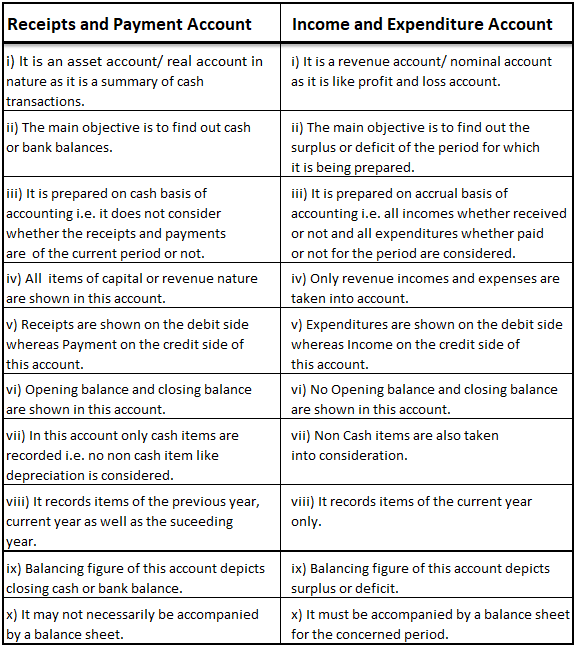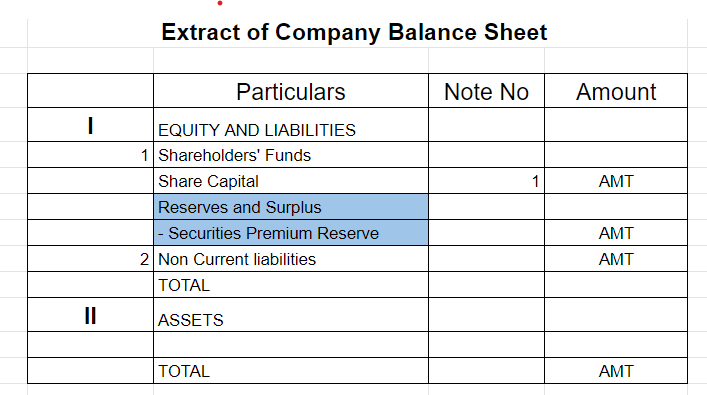The correct answer is the 1. Bank statement and bank column of the cash book, because it will help the business to verify whether amounts entered and entries recorded are correct or not. It will also help in verifying the balances of bank statements and cash books whether they tally or not. What isRead more
The correct answer is the 1. Bank statement and bank column of the cash book, because it will help the business to verify whether amounts entered and entries recorded are correct or not. It will also help in verifying the balances of bank statements and cash books whether they tally or not.
What is Reconciliation?
Reconciliation is an accounting procedure that compares two sets of records to check figures are correct and in agreement. Reconciliation can also be used for personal purposes.
What is a Bank Reconciliation Statement?
A statement showing causes of disagreement between the balance of bank statement and bank column of the cash book at the end of a specific period is called a Bank Reconciliation Statement.
Steps in preparation of Bank Reconciliation Statement
Step 1: Comparing items appearing on the debit and credit sides of the bank statement and bank column of the cash book.
Step 2: Make a list of missed entries.
Step 3: Analyse the causes of differences.
Step 4: Select the date for the preparation of the Bank Reconciliation Statement.
Step 5: Choose the starting point i.e balance as per cash book or balance as per bank statement.
Step 6: Adjust the starting point by adding or subtracting the missed entries.
Step 7: Bank Statement must match with the cash book.
To prepare a bank reconciliation statement a business will need a bank statement from its bank and cash book which it prepares to record entries.
See less



Let us begin with a short explanation of what opening balance is: The opening balance is the amount of funds that are bought forward from the end of one accounting period to the beginning of a new accounting period. In a firm’s account, the first entry done is of the opening balance. It can either hRead more
Let us begin with a short explanation of what opening balance is:
The opening balance is the amount of funds that are bought forward from the end of one accounting period to the beginning of a new accounting period.
In a firm’s account, the first entry done is of the opening balance. It can either have a debit balance or a credit balance depending upon whether the firm has a negative or positive balance.
Opening balance of a ledger
Opening balance is the first entry of the ledger account at the beginning of an accounting period.
In the case of a newly started business, there will be no closing balances and as such there will be no balances to be carried forward. In such a case, the investment and capital of the business will be entered as an opening balance for the current accounting period.
So the first and foremost part is to identify on which side of the ledger i.e. the debit side or the credit side the opening balance is to be entered.
For Example, A trial balance is given which represents the debit and credit balances, accordingly, I will prepare different ledger accounts to make it simpler.
As the Furniture is an Asset account, the opening balance will be on the debit side of the ledger account.
As Sundry creditor is a credit account, we put the opening balance on the credit side.
As the Capital is a credit account, we put the opening balance on the credit side.
As Wages is a debit account, we put the opening balance on the debit side.
As the Discount received is a credit account, we put the opening balance on the credit side.
Exception
Drawing Account.
Drawing account is an exception to this topic. It is considered a contra account to the owner’s capital account because it reduces the value of the owner’s equity. Drawings, therefore, have no opening balance.
Contra Entry.
Contra entry involves transactions of cash and bank. Any entry which involves both the cash and bank is contra entry.
For example, we deposit cash 5000 into the bank.
Accounting entry for this transaction would be
In this case, the ledger entry would be
As the bank account has a debit balance, the opening balance would come on the debit side.
As the cash account has a credit balance, the opening balance would come on the credit side.
Alternatively, If we withdraw cash 5000 from the bank.
Accounting entry would be
In this case, the ledger entry would be
As the Cash account has a debit balance, the opening balance would come on the debit side.
As the Bank account has a credit balance, the opening balance would come on the credit side.
See less